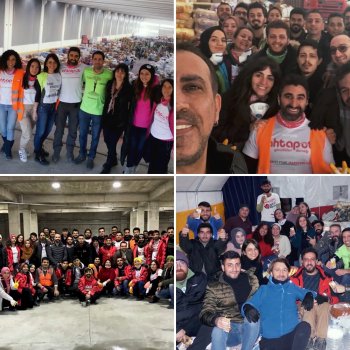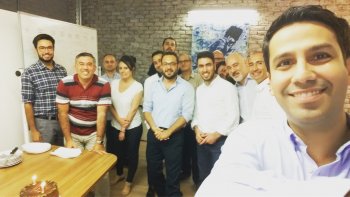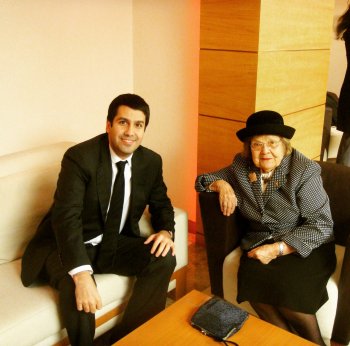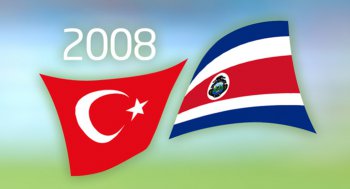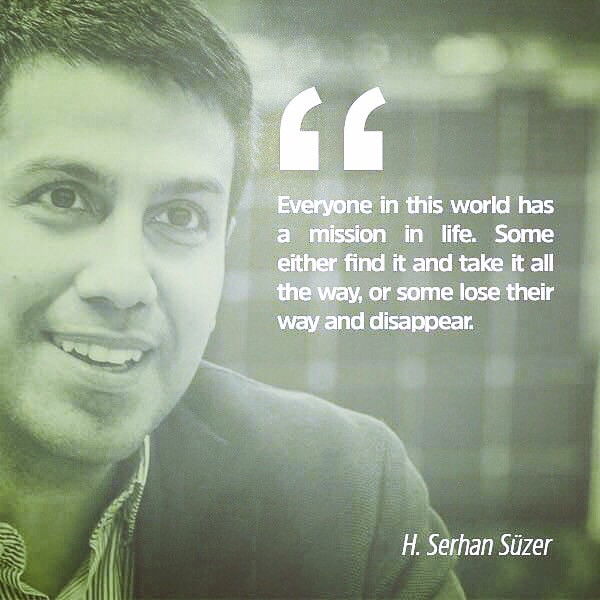We’re proud of our story of progress: EkoRE
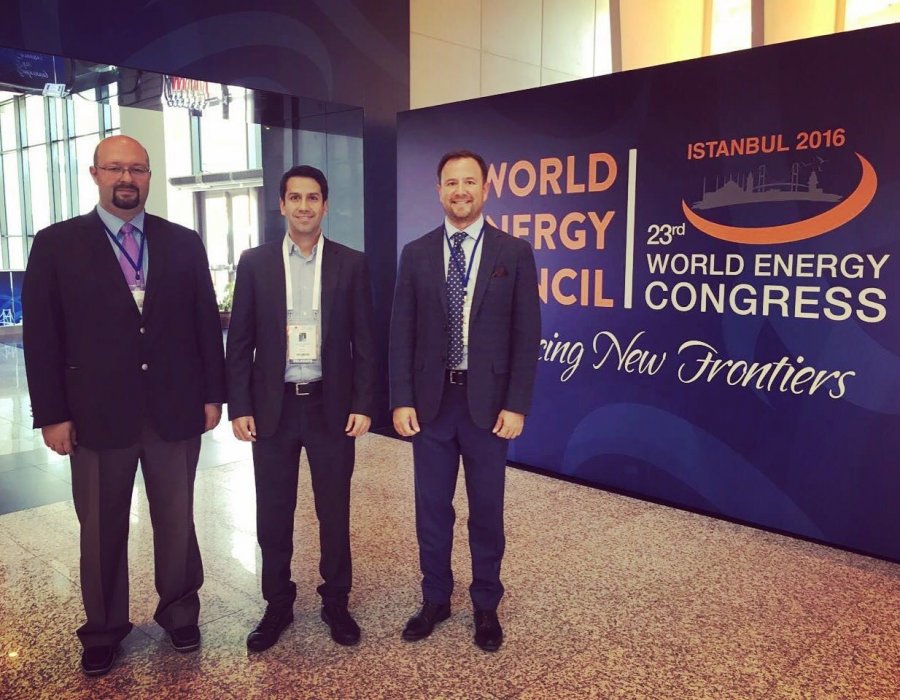
EkoRE existed as an exciting idea for some ten years before conditions allowed the founding of the company, whereupon we quickly made great strides based on knowledge, technology, teamwork and determination to become a company that today is young but still capable of undertaking major renewable energy projects. I would like to share with the you the story of our company, which is well on its way to achieving our goal of becoming a global brand.
On July 11, 2001 our family bank, Kentbank, was seized. I previously wrote a detailed account of this turning point in my life, which coincided with the last day of my military service:
http://serhansuzer.com/en/my-15-years-in-business-and-notes-on-the-future
Discharge papers in hand, I returned to Istanbul. The next thing I knew I was in the headquarters of Süzer Holding on the following day. I made myself a promise on that fateful day: if everything went well over the next ten years I would found my own company and do something that really excited me.
And that’s just what happened. As of the beginning of 2011, I began focusing on research into what I would do. In July of that year I knocked on my father’s door, and it was around that time that I founded my first company. I named it Steno and planned to go into solar energy systems. I hired a professional director and we began working on a business plan and researching the solar energy sector. It took me a few months to persuade my father. He kindly agreed and gave me a loan. Near the end of November, 2011 I resigned from my duties at KFC and Pizza Hut, bidding farewell to the family company. Right at that time an attractive business opportunity involving the commercialization of a new technology in the sector I was researching presented itself.
My first experience with Hittite Solar
Having left the family firm, I used the loan from my father to invest in Hittite Solar Energy at the end of November, 2011. With a 50% stake I set up another new company, Hittite Solar Energy, Inc., to commercialize CPS (Concentrating Solar Power) parabolic trough technology that can directly generate steam. You can find a link to the company here: http://www.hittitesolarenergy.com/. That is how I first entered the sector. In order to help those of you unfamiliar with the sector to visualize what it produces, I’m sharing the images below:
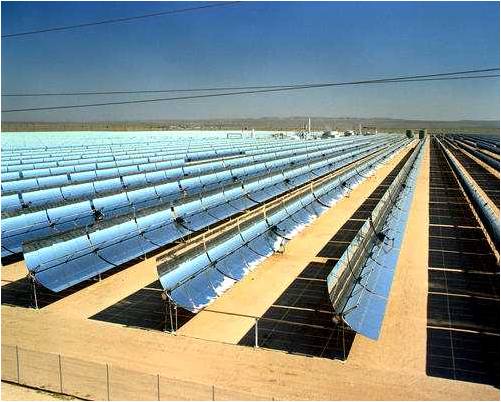
Parabolic Trough Technology
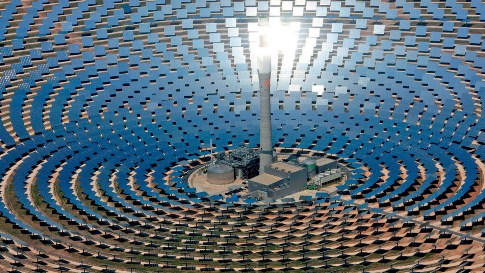
Tower Technology
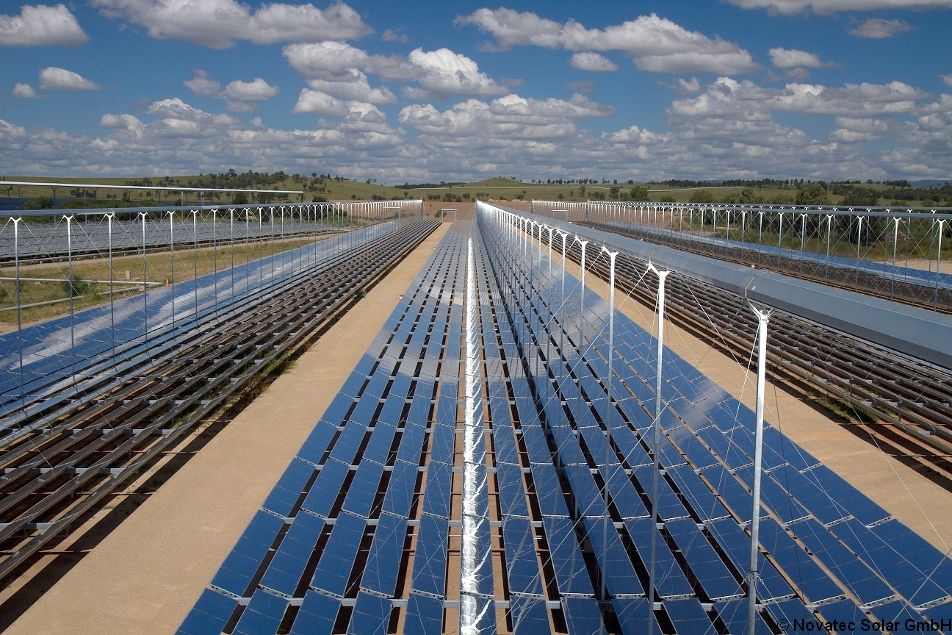
Linear Fresnel Technology
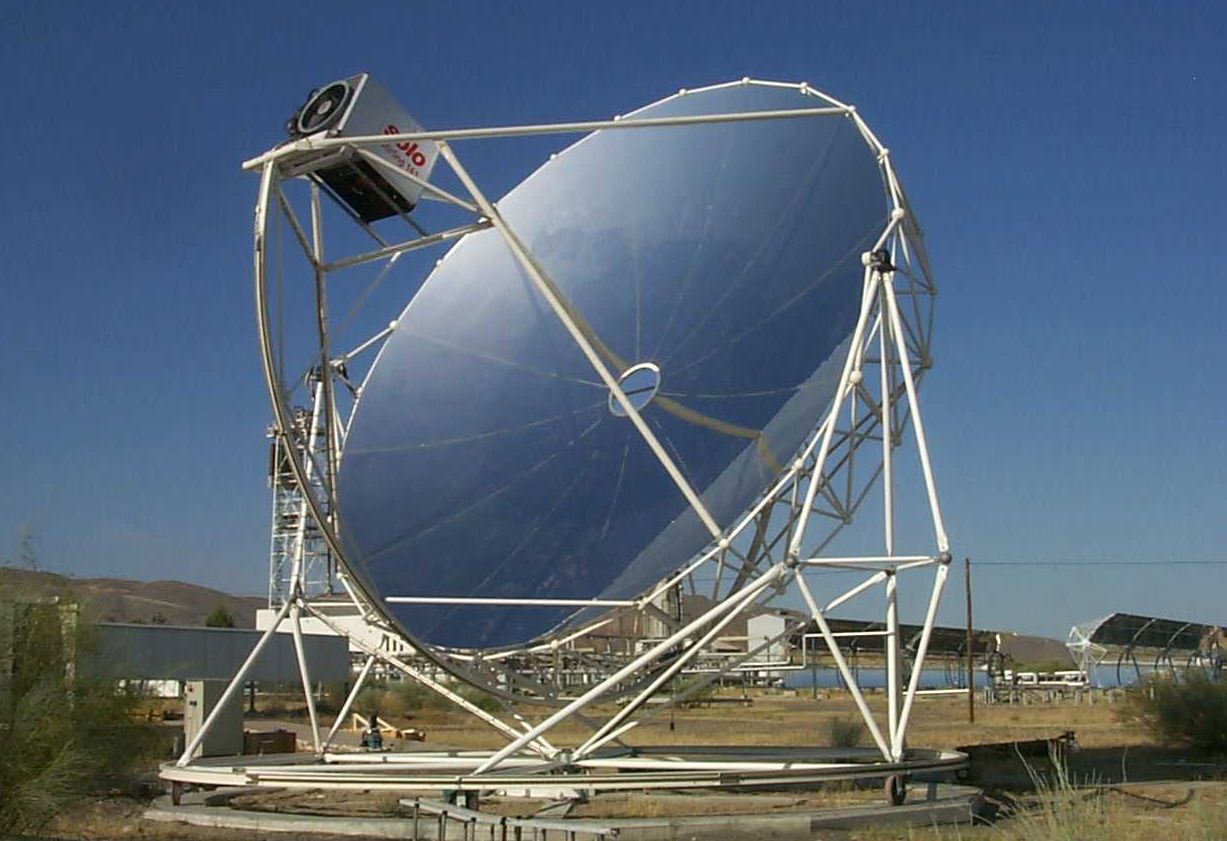
Stirling Engine Technology
That is, I was so passionate that I hesitated not a bit as I took the first money I had and invested it in the solar energy sector. So great was my leap of faith that I combined my twin passions for renewable energy and advanced technology by investing in an R&D project. Thermal/steam production represented a huge risk and no clear revenue stream. I’ll share more about Hittite Solar Energy in a later post. Actually, we had some great successes with the company. For now, let me refer you to CSP Today, an English news site about that sector:
(http://social.csptoday.com/technology/dsg-hybridisation-and-parabolic-trough-innovation-paving-future-csp). In this piece I want to elaborate on how I started EkoRE and the progress we’ve made.
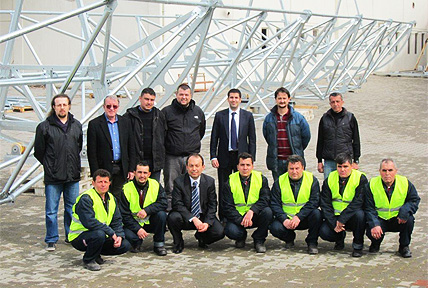
A photo from the Hittite Solar days. The initial preparations in Turkey for an installation at a Denver, Colorado test site operated by the US Department of Energy.

After lots of hard work in the Hittite Solar Energy company in America, a snapshot I took in Denver once our first collector was installed.
After investing in Hittite Solar, it took me three months to fully assess. The problem with Concentrating Solar Power (CSP), or solar thermal power, was that it was impossible at that time to bring down costs. Meanwhile, Photovoltaic (PV) costs were on a steady downward track, not only falling 70% over the past 4 years but continuing even now to do so.
A difference of opinion and a parting of ways
Those in the CSP sector were obsessed with electricity generation. As a businessman, I can foresee in broad terms what will and will not be a business success. Right from the beginning, I was saying that the CSP sector should focus on its real products. In other words, it should concentrate on thermal and steam instead of electricity, and develop its business plans accordingly.
However, it proved difficult to explain this to professionals with a technical background. First, I persuaded my partner, who was responsible for the technical side of Hittite Solar. Our team worked for two months in tandem with our R&D activities to simplify and reduce solar collectors so they could generate steam required by factories or be attached to what we call an “absorption chiller,” thus allowing them to be employed for heating and cooling buildings. We had reached a certain point at the end of two months of technical work when Oğuz Bey visited me in the office one day and said, “I don’t want to adopt this model. I’m terminating our activities. My goal is to set up major energy plants.” We rehashed the argument we’d been having for months. I tried to explain to him that it would be far easier to commercialize micro-collectors, that the CSP sector would be unable to compete with PVs in terms of cost, and that such efforts would always end in disappointment. He pointed out that thermal storage, and thus the ability to generate 24-hour electricity, was possible with CSP but not with PV. I replied that thermal storage was still prohibitively expensive with the current technology, and that even if significant technological advances were made in storing electricity it would lead to new and different business models when it came to thermal storage. “We’ll all see how this happens,” I predicted.
Once again, the debate led nowhere. I finally said, “If we continue like this we’ll hit a brick wall. Under these circumstances, I would rather not be involved in this company.” I told him for the first time that I wanted to sell my stake. I then got to work to find a buyer for the now company as I switched to plan B and began preparing business plans for Steno, which was inactive at the time.
“Ecological and economical solutions”
At the end of a six-month process, I sold my stake in Hittite Solar to a Middle Eastern investor. What’s more, I made a tidy profit. I openly explained the problems I’d experienced to the investor, who bought the stake because he wished to bid on a giant 52 GW solar energy project in Saudi Arabia. It had been stipulated that 60% of this contract, which was worth about $110 billion at that time, would employ CSP technology. Quite a few investors were salivating over a contract of this size. I sold off my stake at the right time to the right investor.
Next, I immediately got busy with EkoRE. That is what I renamed Steno, my other company, which was inactive at the time. The official name of the company was Eko Yenilenebilir Enerjiler A.S. (Eko Renewable Energies, Inc.), which we shortened to the brand name EkoRE: an initialism combining Eko (as in the Turkish words Ekoloji and Ekonomi) with the English language Renewable Energy. In fact, our company slogan is “Ecological and Economical Solutions.”
EkoRE was a real learning experience. We made some serious mistakes, but corrected them as soon we identified them. For example, there was a revolving door of directors and professionals. There were reasons for these changes in top personnel, but it would be appropriate to provide the details here. Suffice it to say that human resources is one of the chronic problems in the energy sector. As of this year, we finally have a team settling into place.
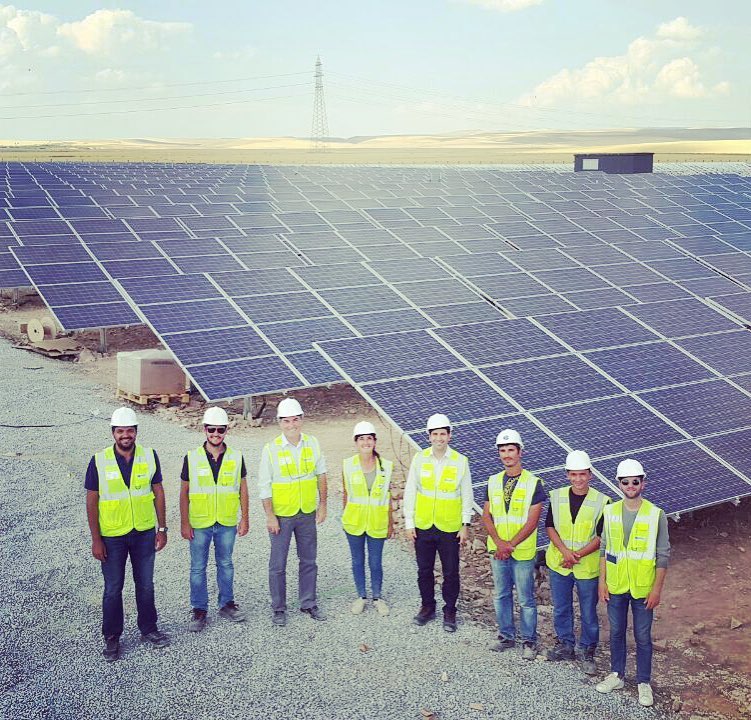
A photo of EkoRE Solar company colleagues at Konya Tower.
The best team and the brightest outcome
I can’t be overly humble when it comes to the progress our company has made. After all we went through, the future looks bright: We have the best team in Turkey when it comes to both solar energy and wind energy. Leaving aside personalities, let’s look at the engineering achievements of our team.
For example, according to capacity figures released last year our Wind Power team can boast the top and third-ranked projects in Turkey. The team’s top-ranked project in terms of productivity, which was installed in Hatay, is more efficient than another wind power plant right next door, even though the latter project enjoys an advantage in relation to its positioning relative to wind currents. What makes the difference between the two projects is our team’s serious engineering experience, extensive knowledge and hard work.
As of March of 2013, the year we sold Hittite Solar and EkoRE become an active company, we worked hard to develop an approximately 25 MW unlicensed GES project and a 6.8 MW RES project. By the end of this month we will have completed the acceptance process for the first of our GES projects, the 4 MW Konya Tower project. That is to say, as of November our power plant will be operational and will begin generating revenue. In the first six months of next year our projects in Konya Akören, Osmaniye, Antalya Kaş, Tokat and Aydın will become operational.
As far as wind power, we plan to activate our 6.8 MW project in the Kefken area of İzmir in July of next year.
We worked full out and tirelessly over many long days, nights and weekends to complete these renewable energy plants and projects, along with more niche activities such as “Using Solar Energy to Power Irrigation.” Speaking on my own behalf, I can say that ever since I left the family firm I have had to work on my own in all areas of our business. There’s no denying that I’ve also had to make a lot of personal sacrifices. None of that matters. When I look back I see that I followed my heart. I couldn’t be more pleased that I trusted my instincts, did what I thought best, stood behind my work and went into the right businesses at the right times. Vision and a sense of perspective are not enough on their own. What’s more important is that I never gave up on any of my goals. I did all I could to achieve them, and that’s what I’ll continue to do.
All this striving and determination has also served to transform what had been our greatest weakness – human resources – into our greatest strength.

Along with two executives from our energy team, I participated in the World Energy Congress in Istanbul. From left to right: EkoRE Wind Assistant General Manager Melih Şenol, me, EkoRE Solar Industry General Manager Zorlu Yalnız.
To cite an example, at the head of the EkoRE Solar team’s project development and EPC services is Oğuzhan Bey, whose 20 years of experience at Siemens makes itself felt. Oğuzhan Bey is EkoRE’s first official general manager. Thanks to the staff he has assembled and the hard work of the ITÜ interns that have been with us since the beginning, an amazing team has been formed. Thanks to that, we aim for levels superior even to German standards.
Similarly, we also have Süheyl Bey, who heads the EkoRE Wind team and who was the first person to begin wind energy applications in Turkey in the late ‘90s and early 2000s. I know him from Canada, which means we go back over 20 years. For that reason, I have full faith in both him and his team. In any case, our success in wind power is self-evident.
Heading EkoRE Solar Industry is Zorlu Bey, who is the most knowledgeable person in Turkey when it comes to the production of solar panels. Zorlu Bey is an executive who gained early experience in the early 2000s as part of an engineering team of 15-20 people in Germany at a time when Solar Energy sector infrastructure was on the ascendant. For example, Zorlu Bey and his team were set up a Q Cells factory way back then.
EkoRE, a strong contender for major contracts
Last week the conditions and terms for renewable energy resource areas (YEKA) bids were declared. For those outside the sector, let me explain right away: A contract to build a 1000 MW Solar Power Plant with YEKA will be granted to a company. Bidders are required to have installed a 500 MW solar panel plant in Turkey. Moreover, this facility must include wafer-cell-module manufacturing processes for crystal technology. To give you a sense of what this means, let me share some information about the cost and the area over which the power plant will be installed. We can say that the cost for 1000 MW is roughly 1bn Euros, give or take 10%, and for a 500 MW plant is about 300 million Euros. Also, if a 1 MW plant covers an area of 15 dönüm, that means 15,000 dönüm, or 15 million m², will be needed for 1000 MW. Can you imagine? An area of 15 million m² in the Karapınar district of Konya will be covered with solar panels.
All of the major players in the sector have rolled up their sleeves for this huge investment project. Although we are not happy with all the terms, we, too, are seriously considering placing a bid. Our board will decide how and whether to proceed at a meeting next week.
If we do decide to bid, we stand a good chance of getting the tender. We began investing in the industry in May and on paper we have long since met the obligations of bidders. We are well-placed to go head-to-head against anyone when it comes to strategic investment.
I’ll be sharing my detailed views on YEKA in my next post, but let me finish this one with a short and sweet summary:
Because of my past with the family firm, some people assumed I was a spoiled rich kid who would soon get bored with this business and turn to something else. Nothing could be further from reality. Today, EkoRE has completed some of the most important projects in its sector, has the potential to win a YEKA tender and is well on its way to becoming a global brand that makes Turkey proud.

Tag: ekonomi


